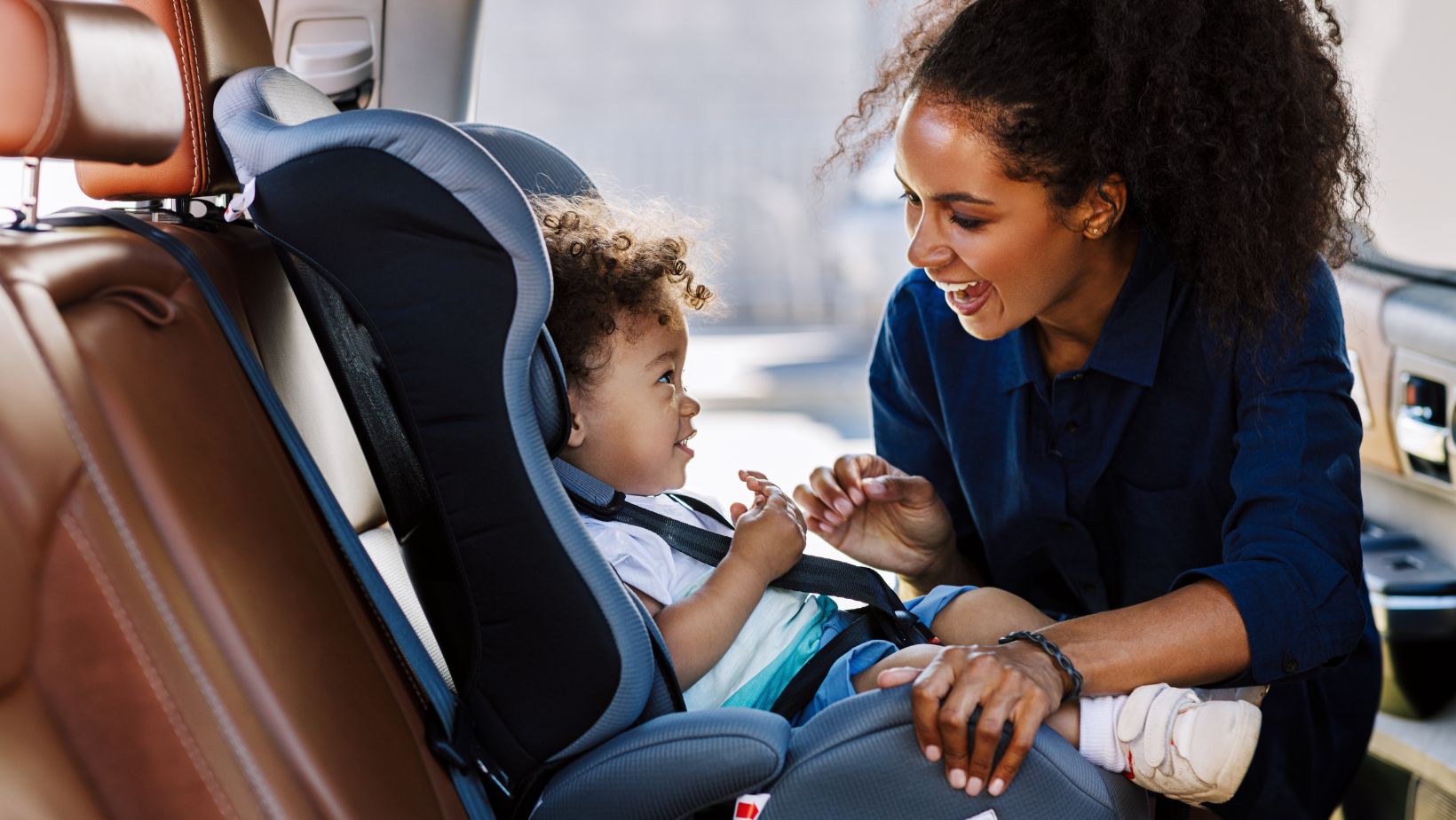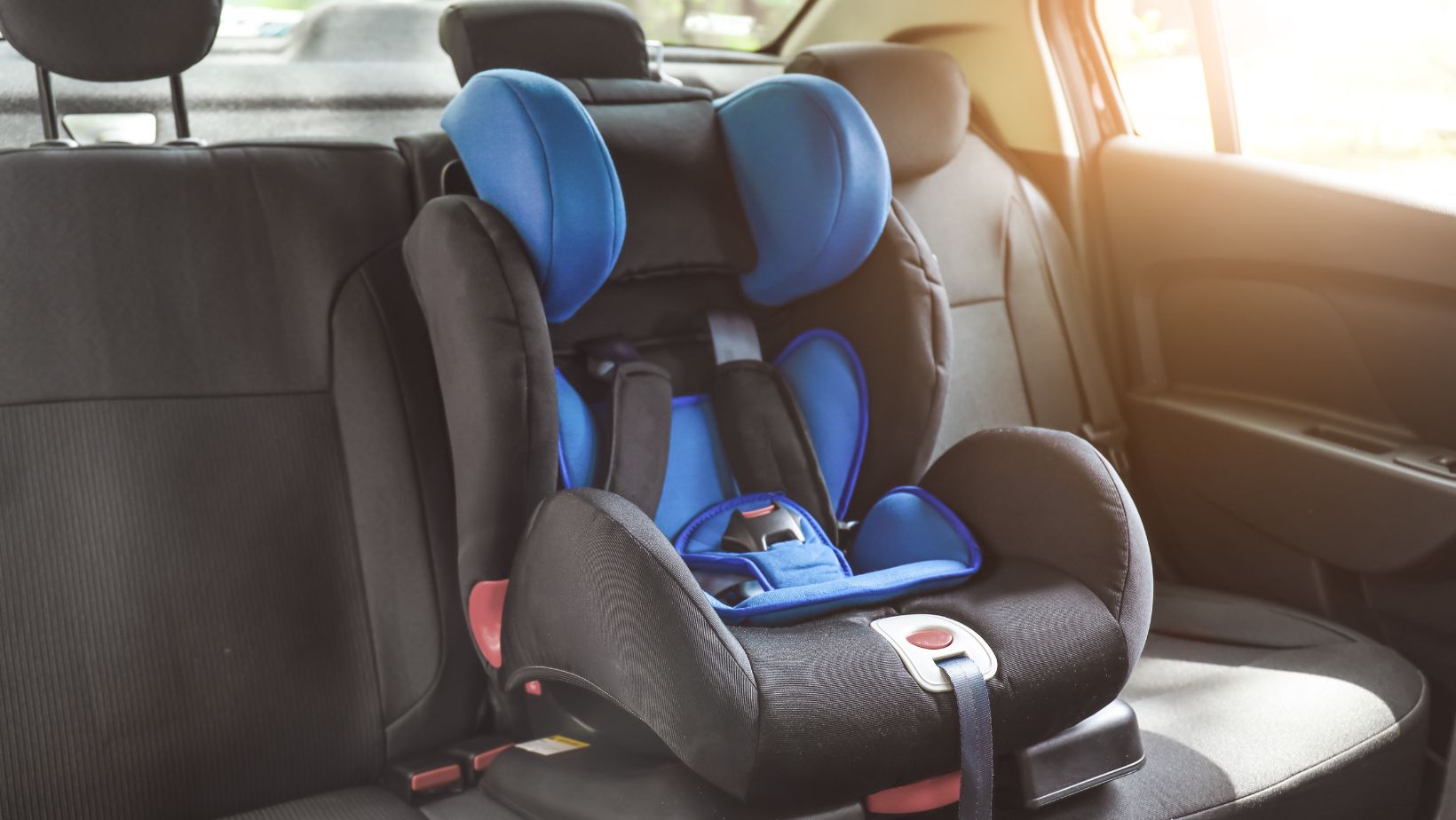
Chicago’s roads can get crazy busy, and keeping your little ones safe in the car is just not negotiable. The city and the state of Illinois have specific child car seat laws designed to protect infants, toddlers, and older kids. Getting the right seat, installing it properly, and knowing when to upgrade are all part of making sure your child isn’t just strapped in, but actually safe.
Whether you’re a new parent, caregiver, or just someone who drives kids around sometimes, understanding Chicago’s car seat rules isn’t just about avoiding those annoying fines. It’s about protecting your child if something bad happens on the road.
Here’s what Chicago parents really need to know to stay legal and keep everyone safe.
Little Babies Need Rear-Facing Seats
So here’s the deal with infants and toddlers – kids under 2 years old have to use a rear-facing car seat. Period. It’s not just a suggestion, it’s the law in Chicago and all of Illinois.
The thing is, you can’t just go by age though. Weight and height limits on your specific car seat determine when it’s actually safe to switch to forward-facing. Some kids hit those limits before they turn 2, others don’t. You gotta check the stickers on your seat to know for sure.
 Chicago’s rules line up with Illinois state law, so you don’t have to worry about different requirements if you drive outside the city. The whole rear-facing thing exists because little kids have proportionally bigger heads and weaker necks. In a crash, rear-facing seats spread the force across their whole back instead of snapping their head forward.
Chicago’s rules line up with Illinois state law, so you don’t have to worry about different requirements if you drive outside the city. The whole rear-facing thing exists because little kids have proportionally bigger heads and weaker necks. In a crash, rear-facing seats spread the force across their whole back instead of snapping their head forward.
Most pediatricians actually recommend keeping kids rear-facing even longer than 2 if the seat allows it. The American Academy of Pediatrics says rear-facing until at least age 2, but preferably until they max out the seat’s limits.
Transitioning to Forward-Facing
Once your child reaches the height or weight limit of their rear-facing seat (and it’s not just turning two years old) you can turn them around. There is not a hurry to do so. Rear-facing is always safer if your seat still accommodates your child.
When you do turn them forward-facing, you will want a seat that has a five-point harness. Those are the straps that go over both shoulders, between the legs and buckle at the belly. Keep your child in the harness until they reach the height or weight limits of the harness system too (usually around age 4-7 depending on the seat).
Don’t guess your way through it – check your car seat’s manual and Illinois laws to ensure everything is appropriate. Each seat has specific instructions which vary from one another, so always adhere to the most restrictive.
A harness system is far superior system than a standard seat belt for smaller children because it holds them in the proper place throughout a crash. The most common crash type is frontal, and a harness distributes crash forces through the strongest parts of a child’s body.
Booster Seats Last Longer than You Think
This is where many parents make mistakes – Illinois law states that kids must be in a booster seat until a child is 8 years old OR at least 4 feet 9 inches tall. Not 8 AND 4′ 9″ tall. 8 OR 4′ 9″ tall. Whichever comes first.  A booster must be used in conjunction with a lap-and-shoulder seat belt. Not a lap seat belt. If you only have lap seatbelt seating positions available in your vehicle, you can’t use a booster seat; you must stay with a harnessed seat, or find another seating position.
A booster must be used in conjunction with a lap-and-shoulder seat belt. Not a lap seat belt. If you only have lap seatbelt seating positions available in your vehicle, you can’t use a booster seat; you must stay with a harnessed seat, or find another seating position.
The city of Chicago is strict about enforcing these rules. They have compliance checks, and issue fines to parents who are not following the law. I have even heard of parents getting tickets during a routine traffic stop when officers spotted a child in a car that should be in a booster seat but was not.
The whole point of a booster is to position the seat belt appropriately on a child’s body. Without the booster, the shoulder belt might be crossing the neck or the lap belt might be riding up on their stomach. Both situations can cause serious injury in a crash.
Stay Safe Out There
Parents in the Chicago area have specific laws regarding child car seats if they want to be legal and safe, from keeping babies rear-facing, using boosters longer than they think.
When to switch seats, getting them set up correctly, and making sure everything fits everything properly, makes a big difference when you are driving around the city.
It’s not just about avoiding those costly tickets, it’s about providing the best protection possible for your child if something bad happens. Be knowledgeable, double check your set up, and drive home knowing your kids are as safe as can be.


















